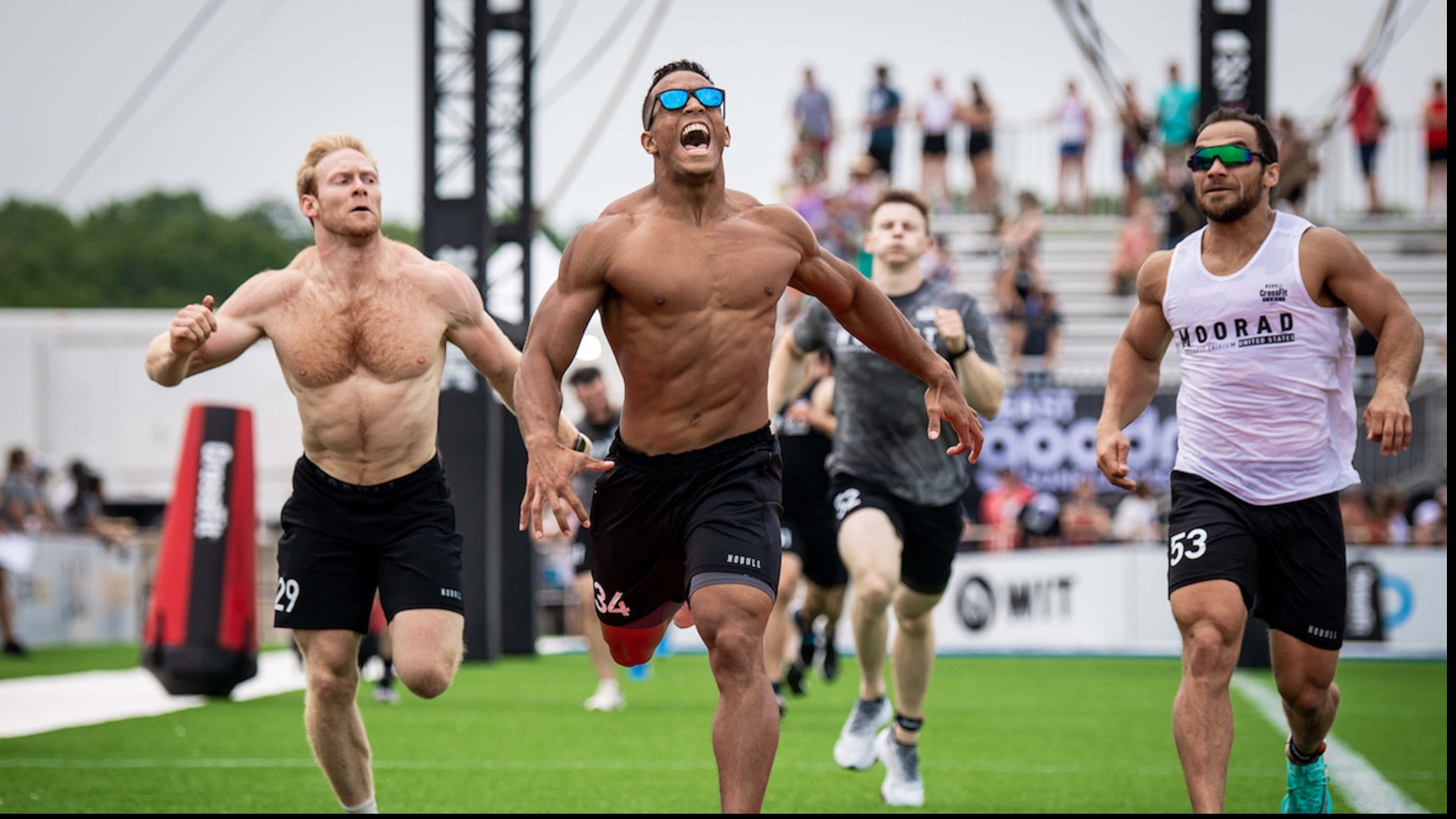The CrossFit Games and Water Safety

The CrossFit Games, known for their grueling physical and mental challenges, have increasingly incorporated water-based events. This has raised concerns about the safety of athletes competing in these demanding environments. While CrossFit has taken steps to address these concerns, the need for robust water safety protocols remains paramount.
Water Safety Measures in the CrossFit Games
The CrossFit Games have implemented several measures to enhance water safety during competitions. These measures aim to minimize risks and ensure the well-being of athletes participating in water-based events.
- Lifeguards and Rescue Personnel: The Games employ a team of certified lifeguards and rescue personnel who are trained to respond to emergencies in aquatic environments. Their presence provides immediate assistance in case of any incidents involving athletes.
- Water Safety Training: Athletes participating in water-based events are required to undergo mandatory water safety training. This training familiarizes them with basic swimming skills, water rescue techniques, and safety protocols specific to the competition environment.
- Equipment Safety Checks: All equipment used in water-based events, including kayaks, paddleboards, and life vests, undergo rigorous safety checks before and during competitions. This ensures that equipment is in good working condition and meets safety standards.
- Weather Monitoring: The Games closely monitor weather conditions to ensure the safety of athletes. If weather conditions pose a risk to participants, events may be delayed or canceled to prioritize safety.
The Importance of Training and Skill Development in Water-Based CrossFit Activities, Crossfit games drowning
Proper training and skill development are crucial for athletes participating in water-based CrossFit events. These activities often involve demanding physical challenges in aquatic environments, requiring athletes to possess a strong foundation of swimming skills, water safety knowledge, and the ability to adapt to challenging conditions.
- Swimming Proficiency: Athletes must be proficient swimmers to safely navigate water-based events. This includes mastering basic swimming strokes, endurance, and the ability to handle challenging water conditions.
- Water Safety Knowledge: Understanding water safety principles, including recognizing potential hazards, using appropriate safety equipment, and responding to emergencies, is essential for athletes competing in water-based events.
- Skill Development: Athletes need to develop specific skills relevant to the water-based events they participate in. This may include kayaking, paddleboarding, open water swimming, or other water-related activities.
Safety Protocols and Best Practices: Crossfit Games Drowning

The CrossFit Games, renowned for its intense athletic challenges, has witnessed a growing presence of water-based events. This has prompted a critical need for comprehensive safety protocols and best practices to mitigate risks and ensure the well-being of athletes, coaches, and spectators.
Lifeguard Deployment and Responsibilities
Adequate lifeguard coverage is paramount for water-based CrossFit events. A sufficient number of certified and experienced lifeguards should be strategically deployed around the competition area. Their responsibilities include:
- Constant surveillance of the water area.
- Immediate response to any distress signals or incidents.
- Knowledge of rescue techniques and first aid procedures.
- Effective communication with event organizers and emergency services.
Safety Equipment and Emergency Response Plans
A robust set of safety equipment is essential for effective emergency response. The following equipment should be readily available:
- Life buoys, rescue ropes, and flotation devices.
- First aid kits and defibrillators.
- Communication systems for coordinating rescue efforts.
- A designated safe zone for medical evaluation and treatment.
A comprehensive emergency response plan should be developed and regularly reviewed, outlining procedures for:
- Alerting emergency services.
- Evacuation procedures for athletes and spectators.
- Communication protocols for coordinating rescue and medical assistance.
Best Practices for Athletes, Coaches, and Organizers
| Role | Best Practices |
|---|---|
| Athletes |
|
| Coaches |
|
| Organizers |
|
Crossfit games drowning – While the CrossFit Games are renowned for their rigorous physical challenges, they have also seen instances of participants facing extreme situations, including drowning. The inherent risks of these events are highlighted by the tragic crossfit games death that have occurred in the past.
These incidents serve as stark reminders of the need for stringent safety protocols and comprehensive medical support to mitigate the potential dangers of these high-intensity competitions, especially those involving water-based activities.
The CrossFit Games, while a celebration of athletic prowess, have tragically seen instances of drowning, highlighting the inherent risks associated with high-intensity aquatic events. While such incidents are thankfully rare, they underscore the importance of comprehensive safety protocols. The potential for fatal outcomes, as documented in the extensive literature on crossfit death , serves as a stark reminder of the need for stringent safety measures in all CrossFit activities, especially those involving water.